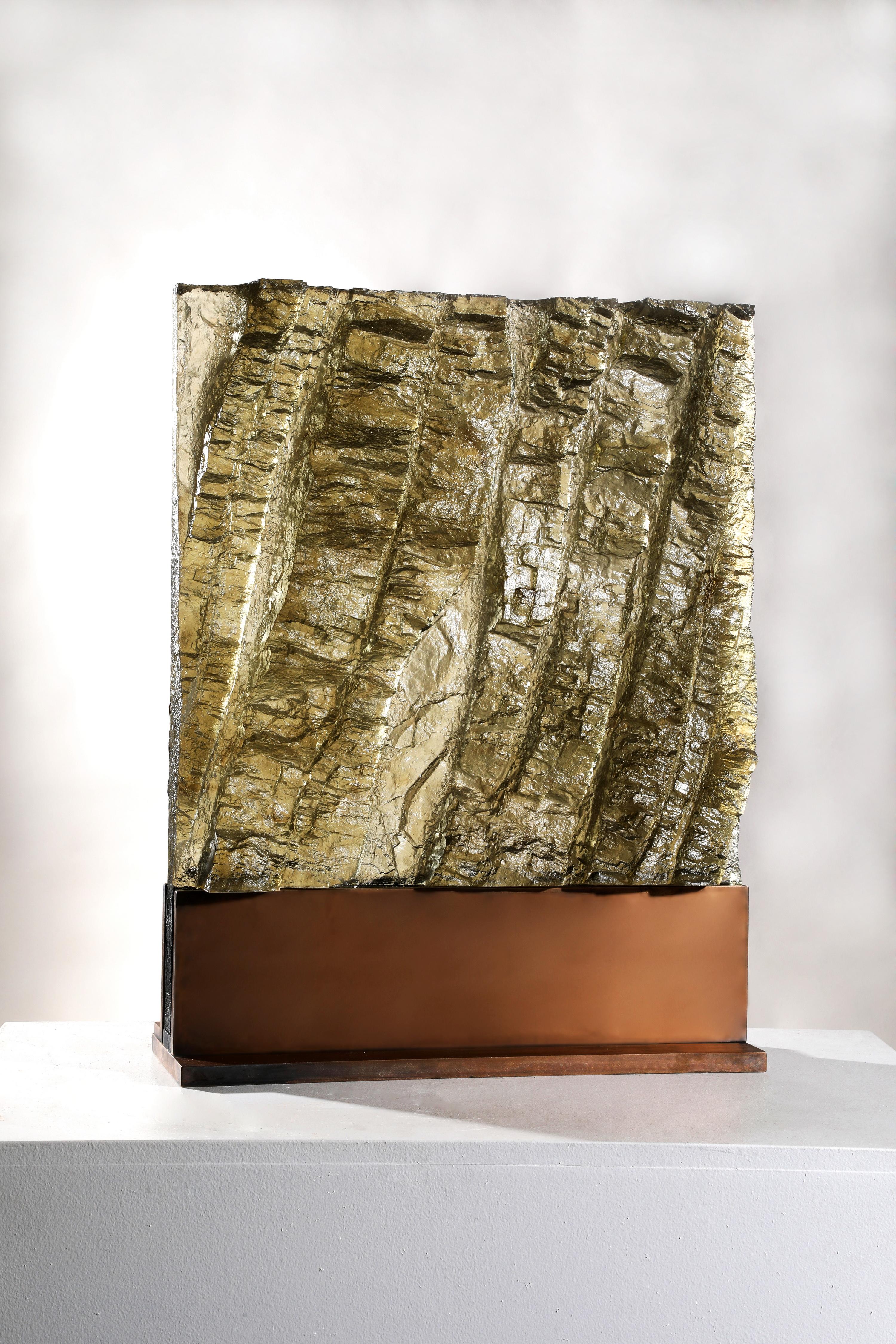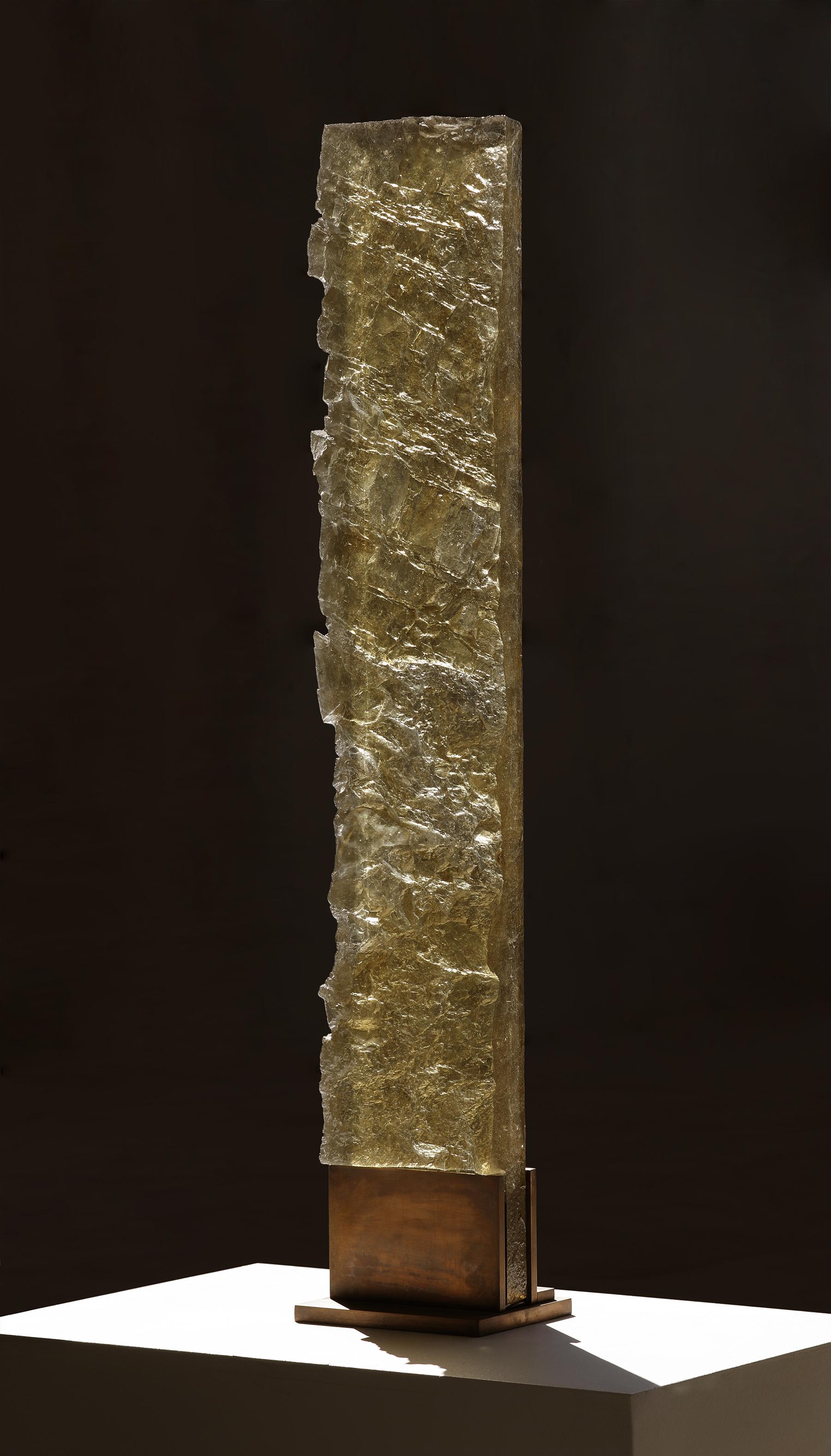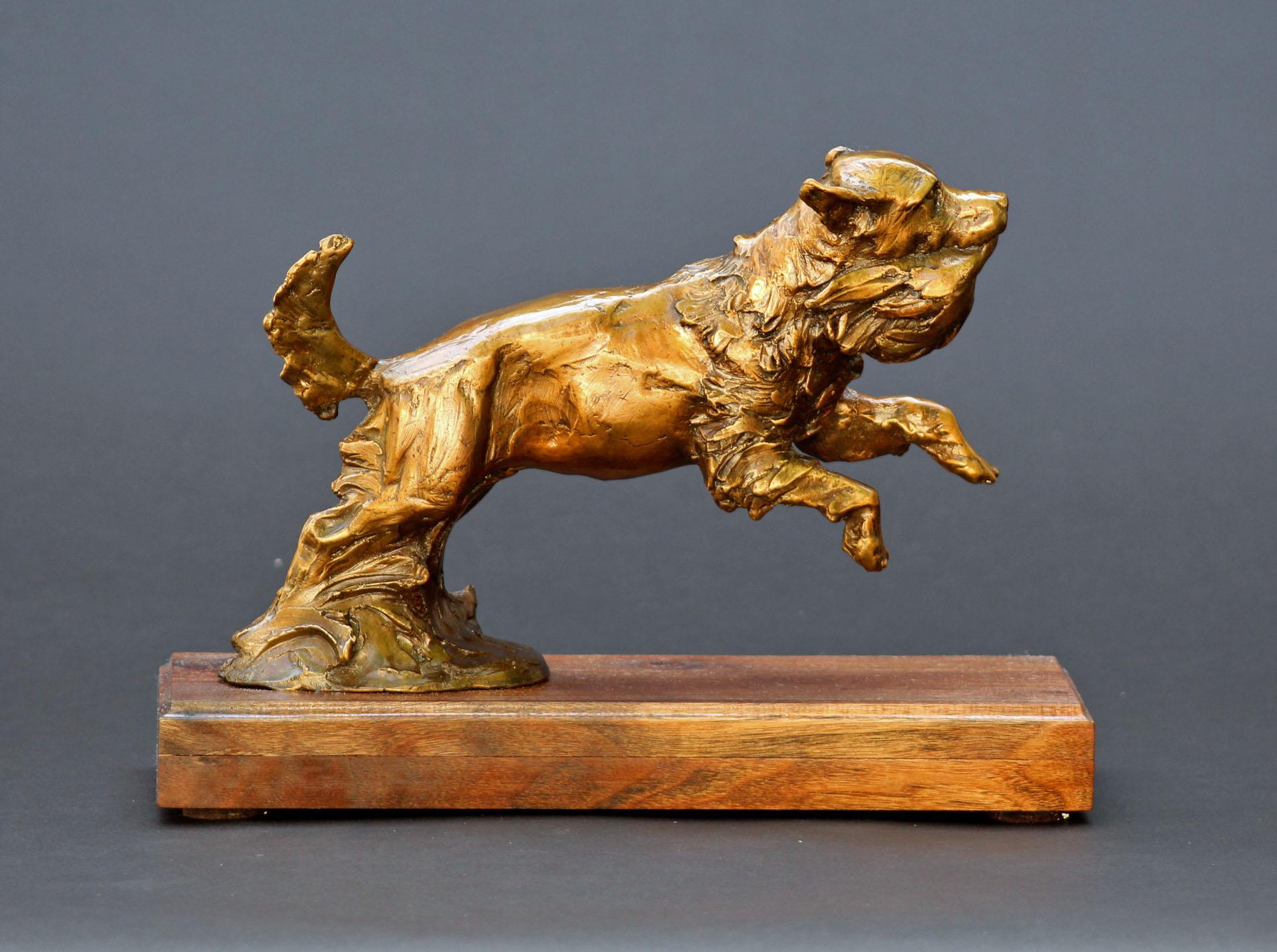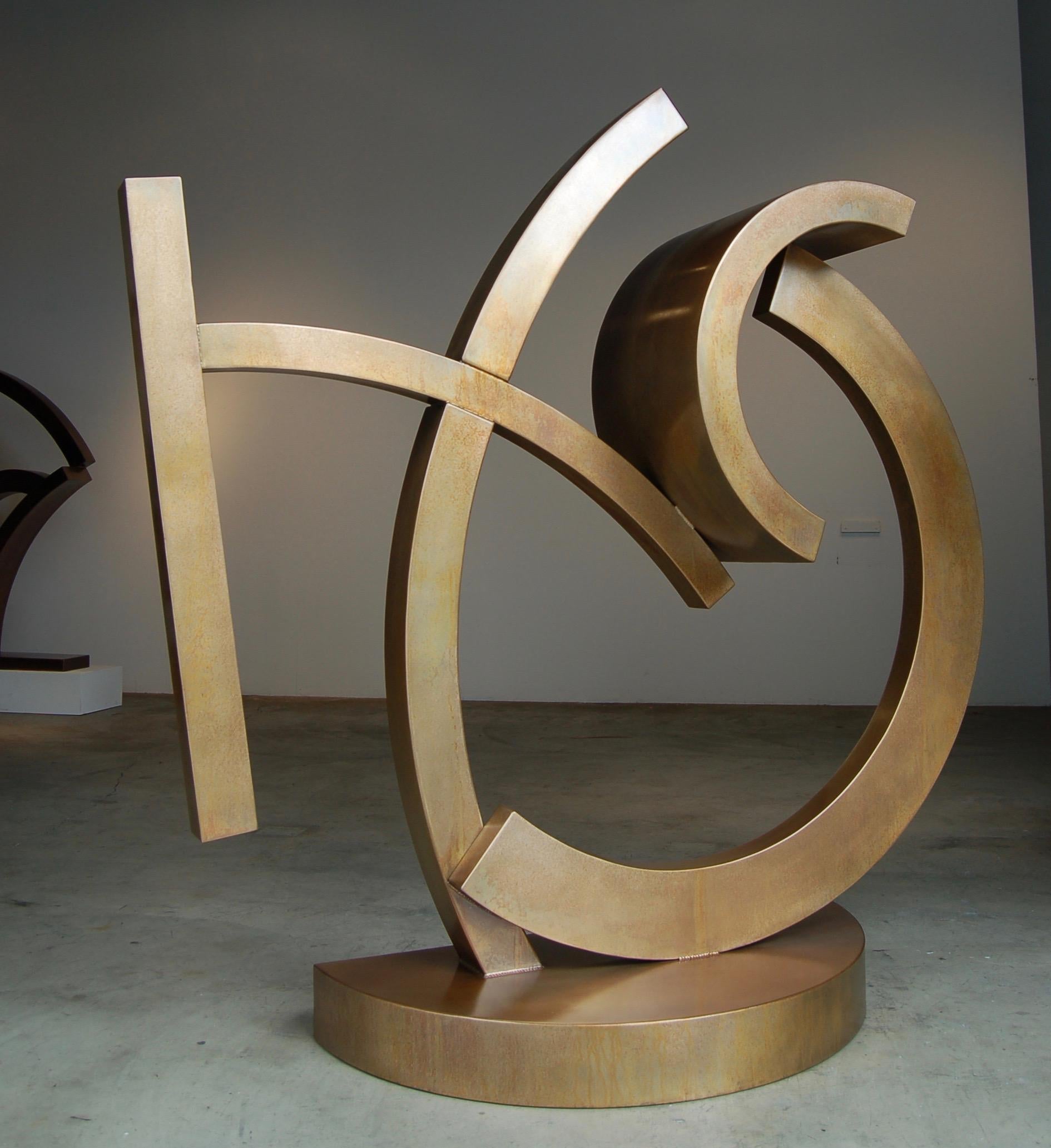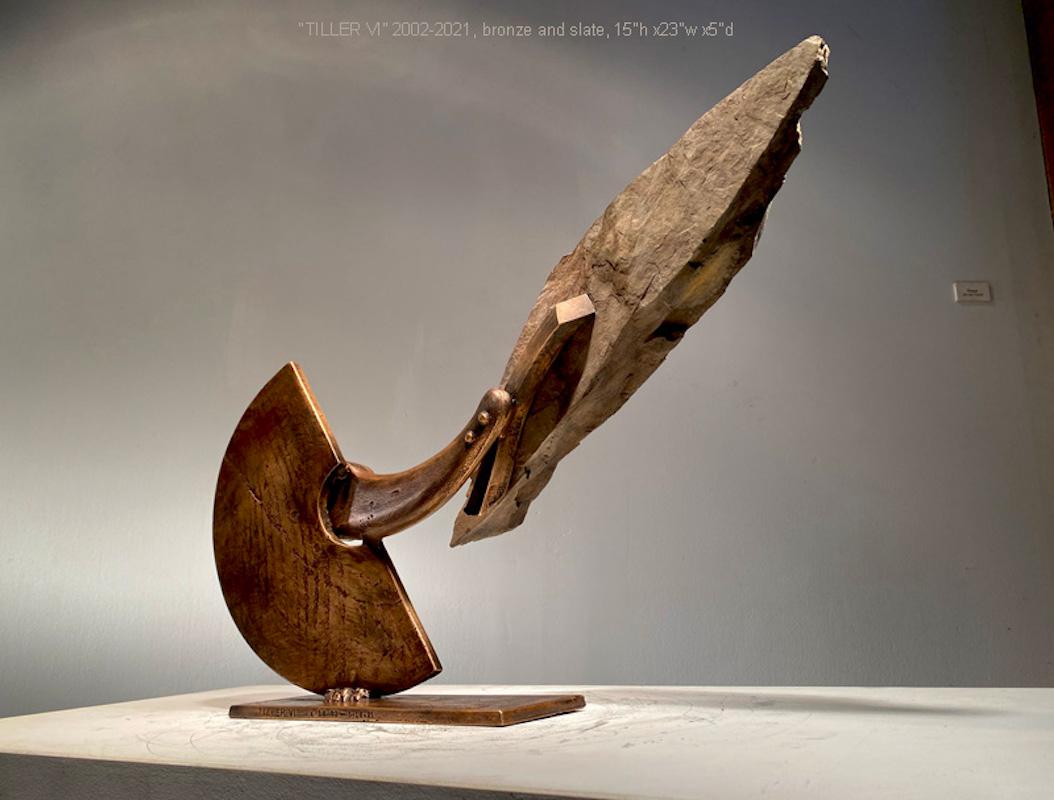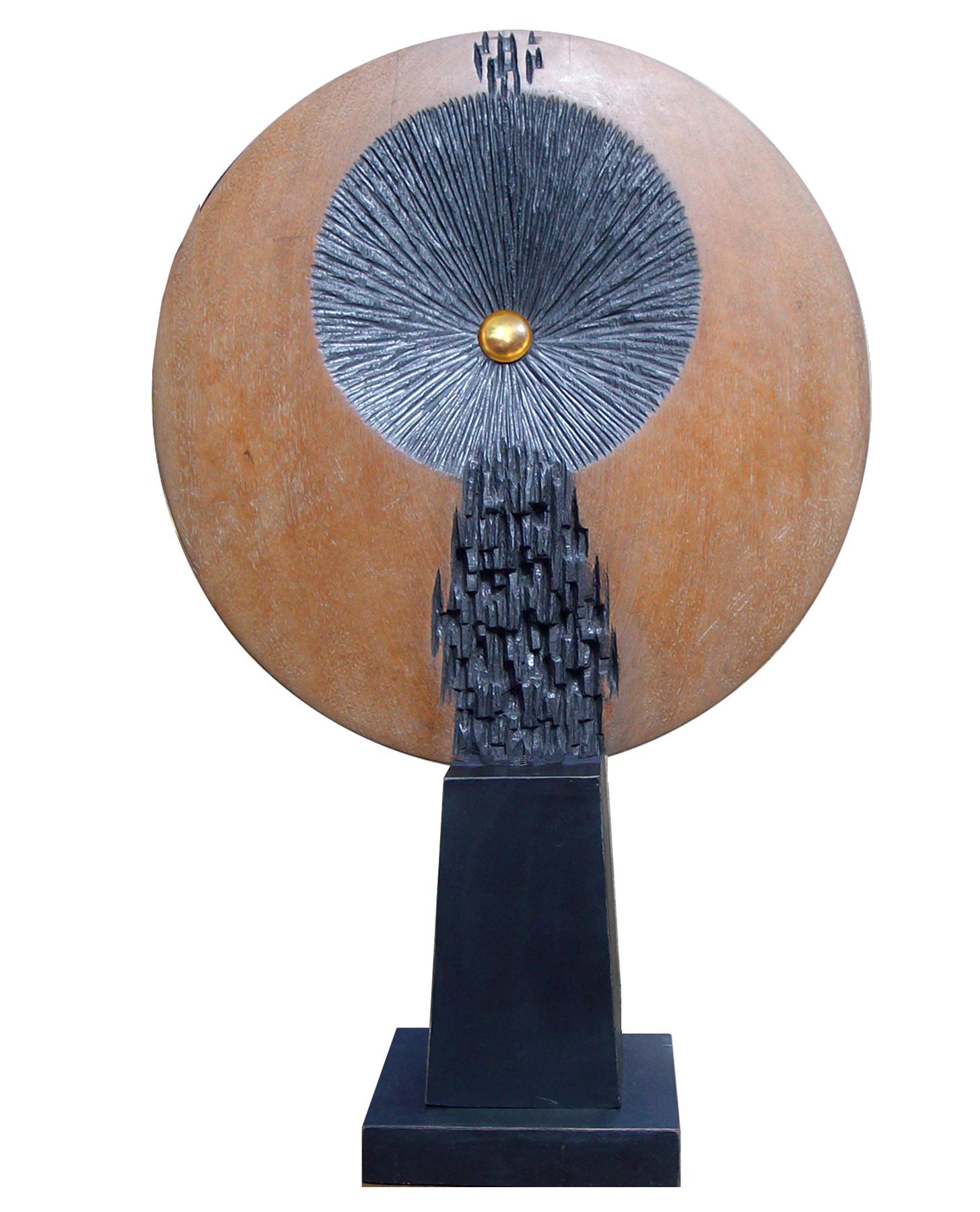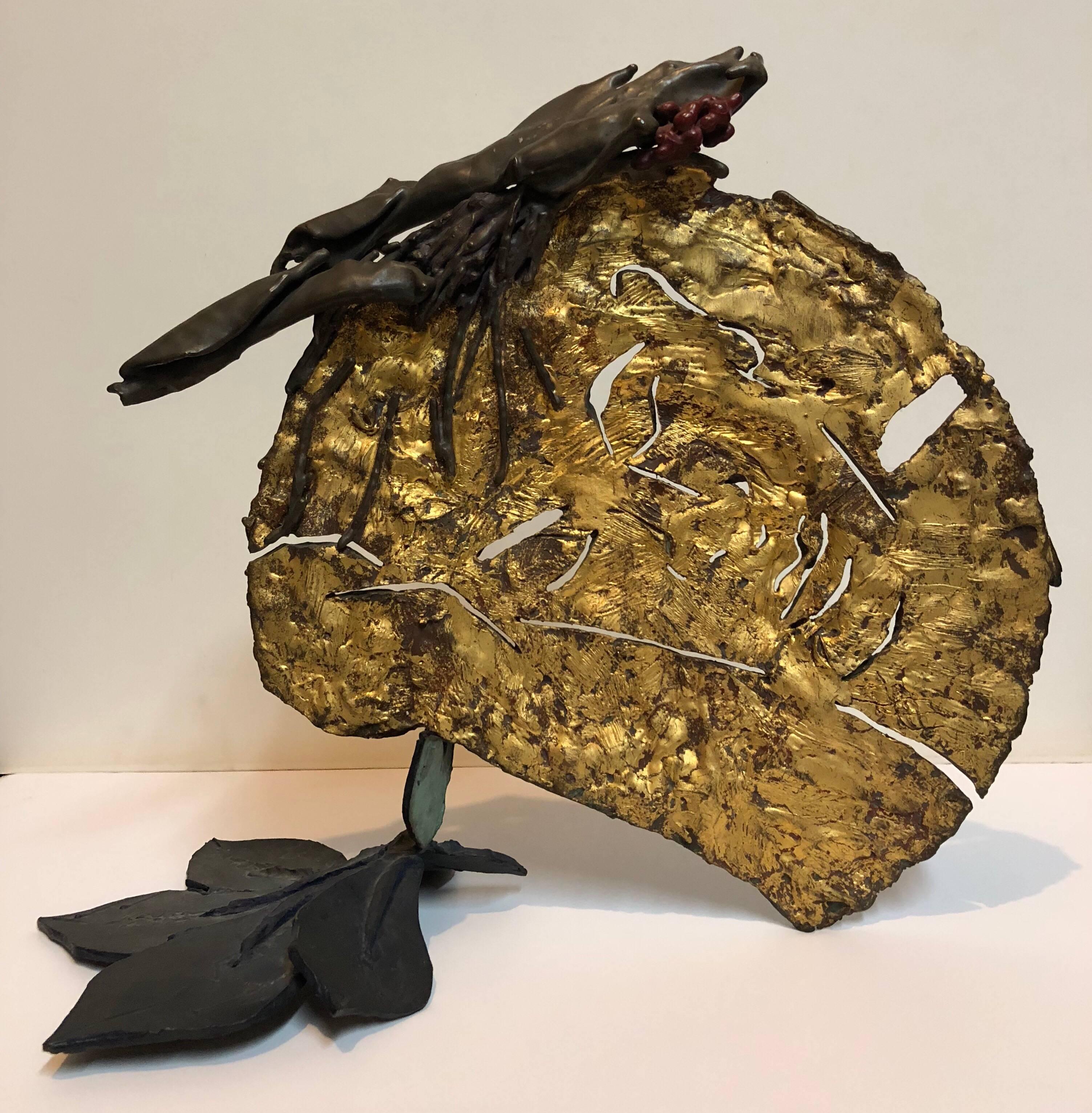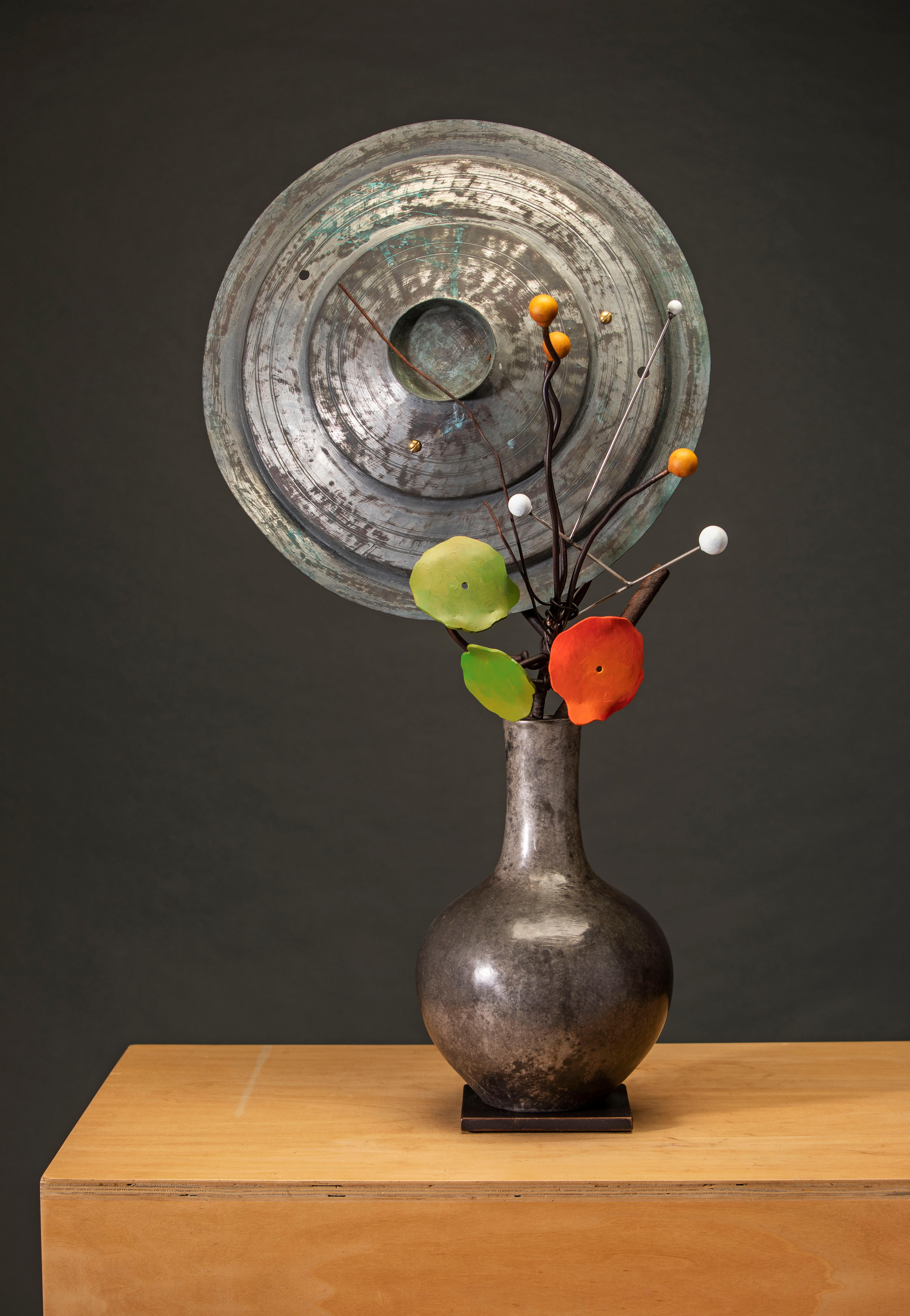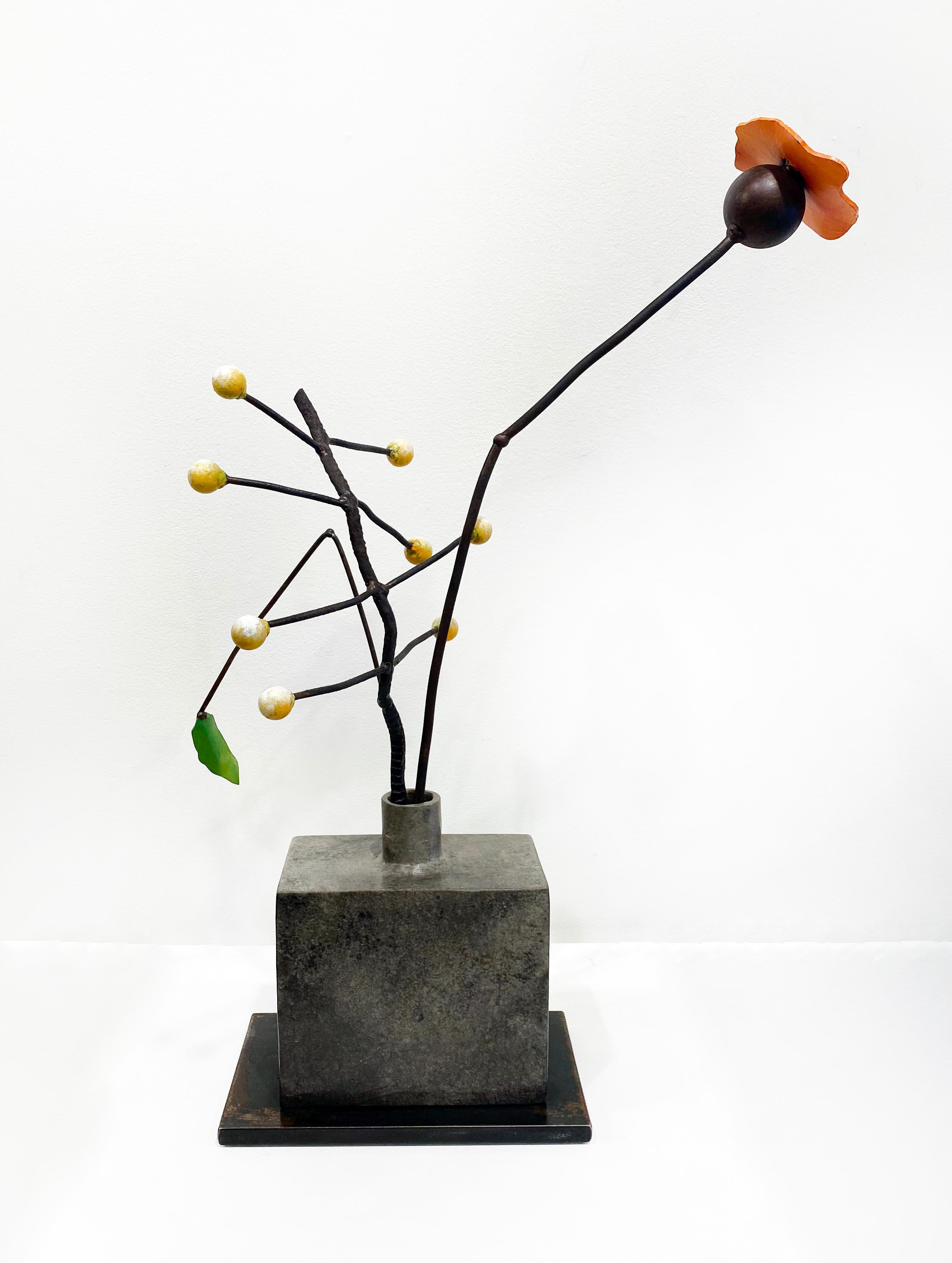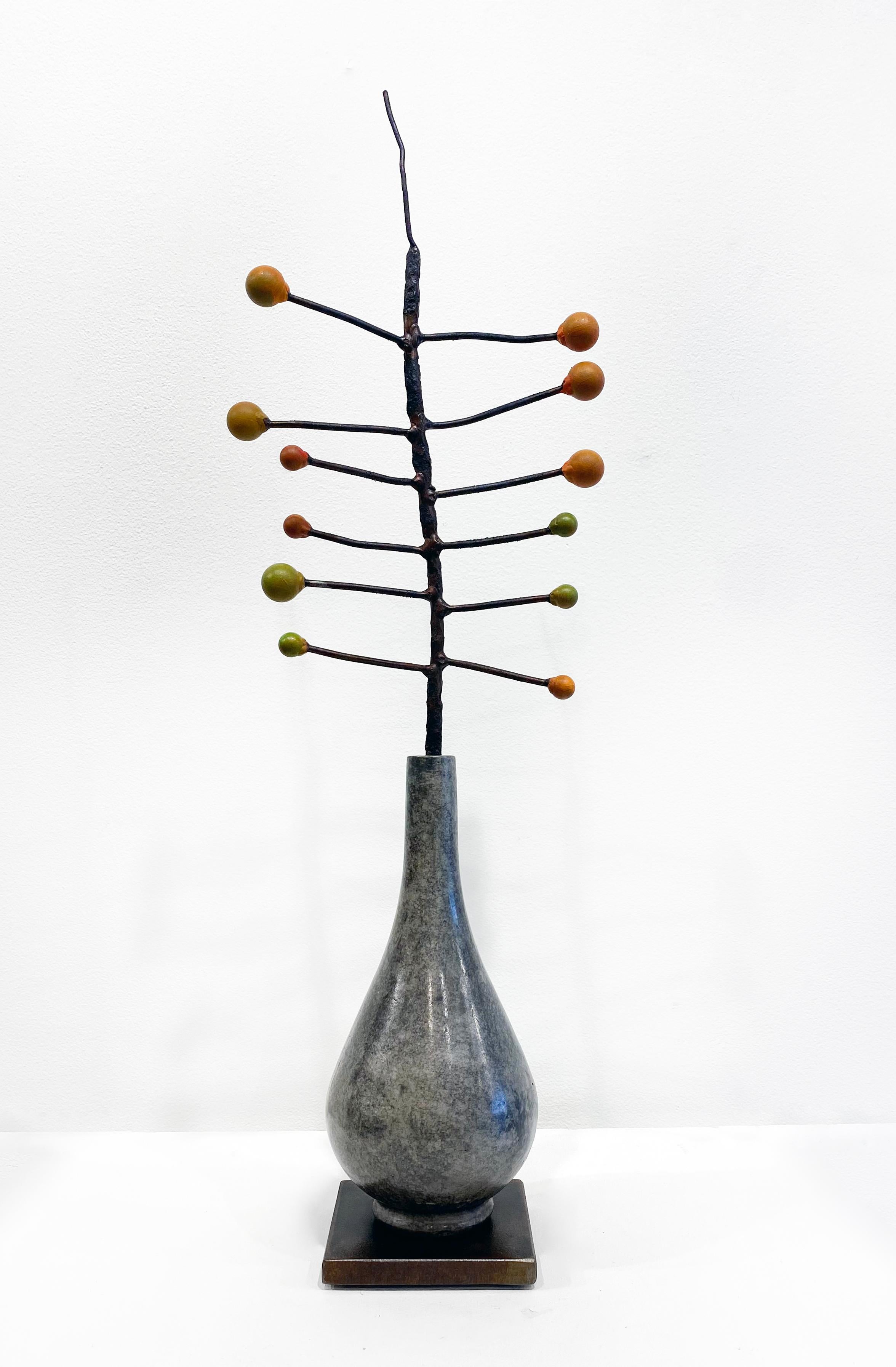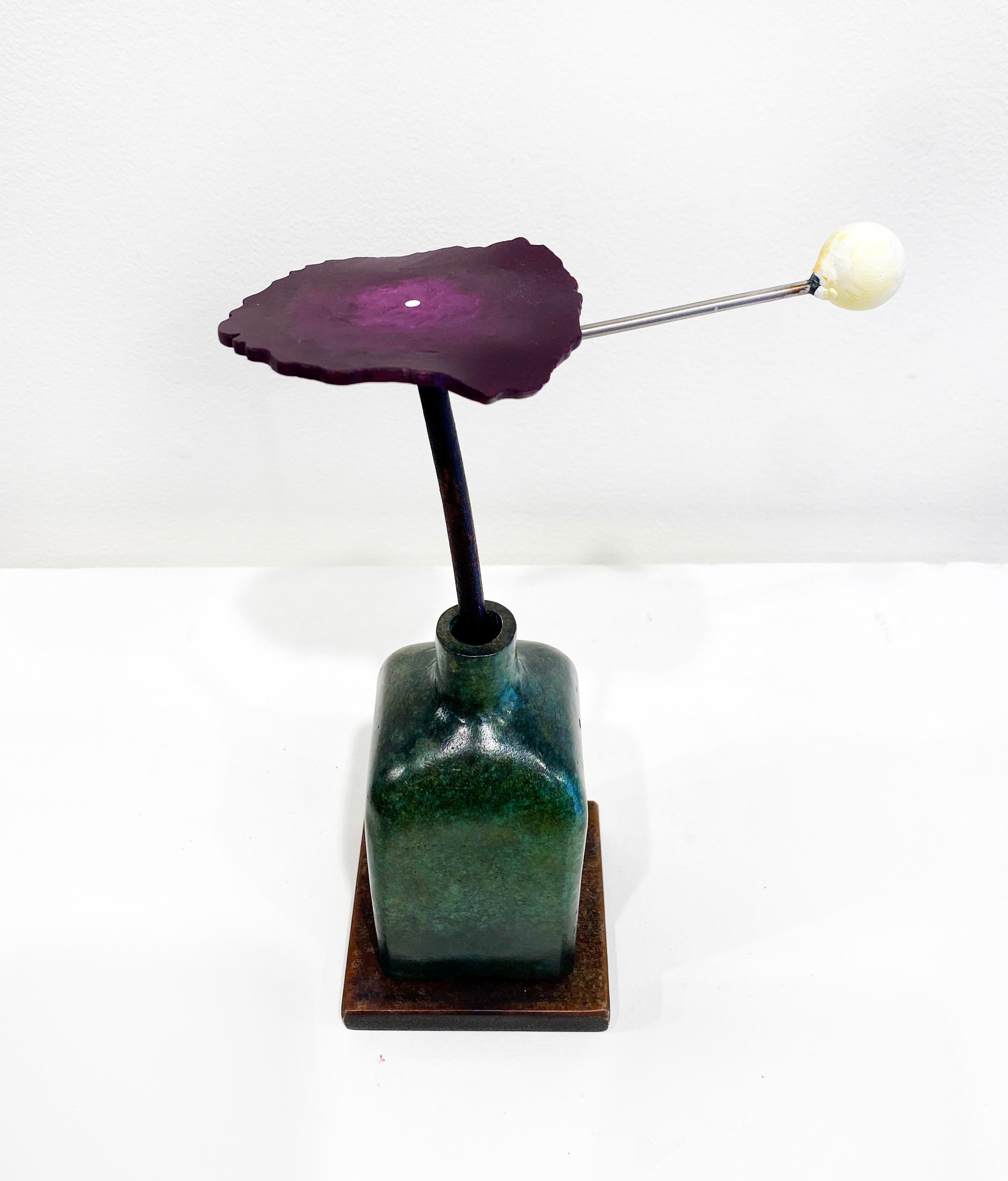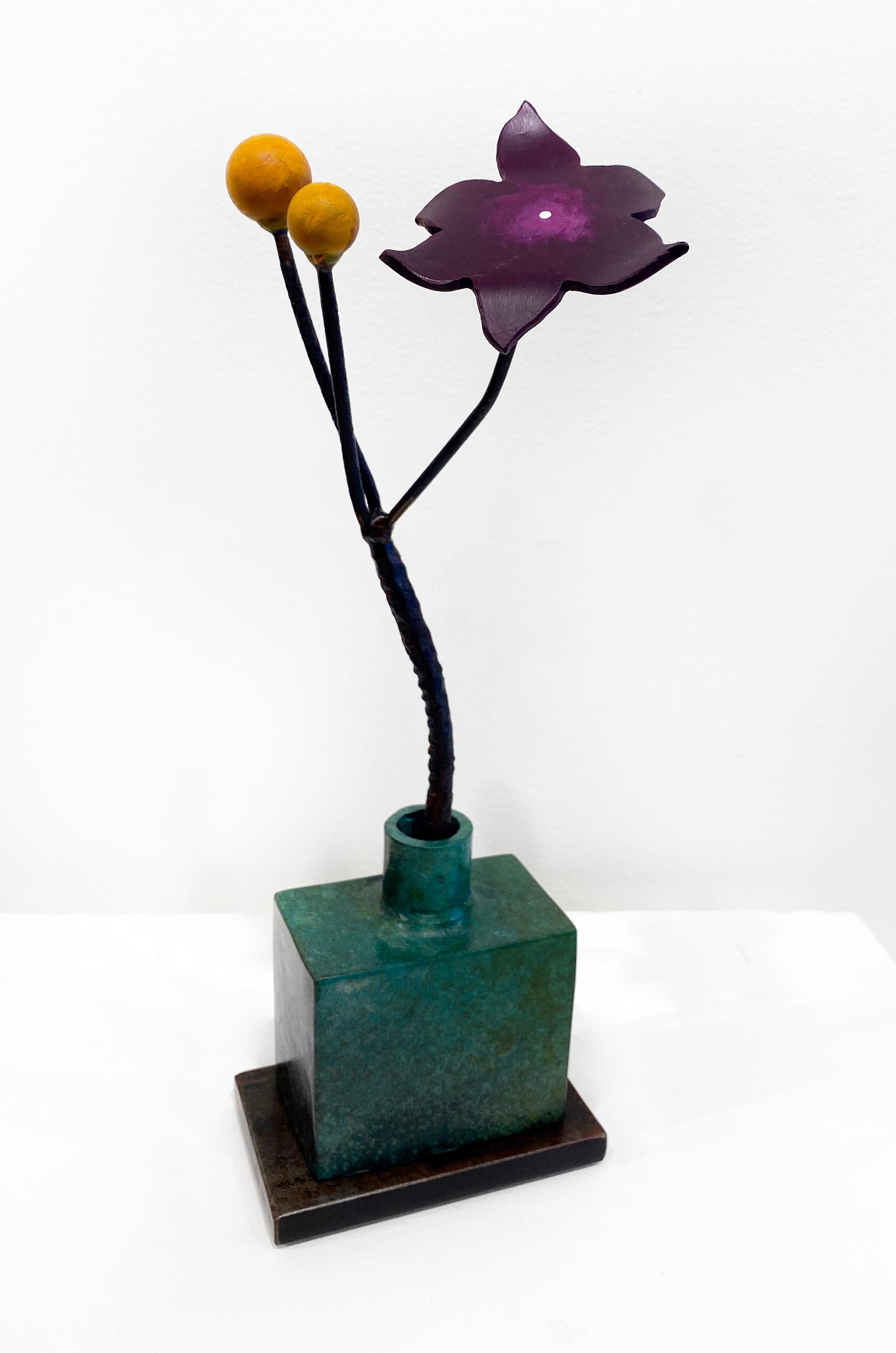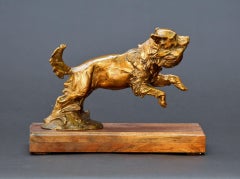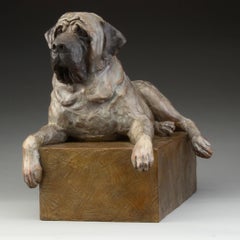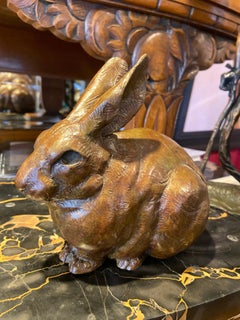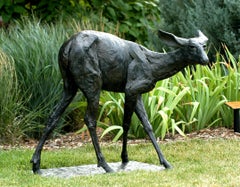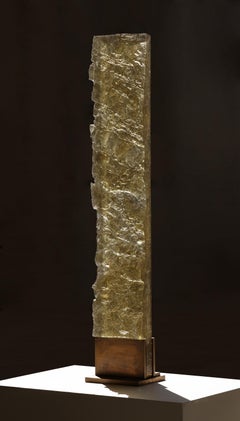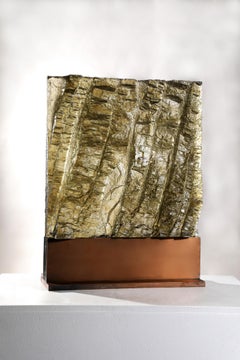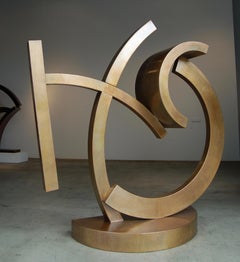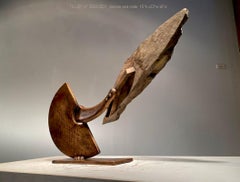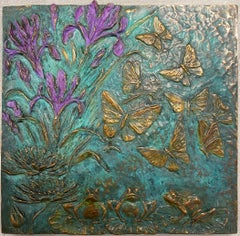
Chorus Line
Want more images or videos?
Request additional images or videos from the seller
1 of 10
SharlesChorus Line1993
1993
Price:$1,800
$2,750List Price
About the Item
- Creator:Sharles (Italian, American)
- Creation Year:1993
- Dimensions:Height: 11.5 in (29.21 cm)Width: 11.5 in (29.21 cm)Depth: 1 in (2.54 cm)
- Medium:
- Movement & Style:
- Period:
- Condition:The collector selling this work took great care of this bronze. It is in like-new condition.
- Gallery Location:Loveland, CO
- Reference Number:1stDibs: LU1264110828672
About the Seller
5.0
Gold Seller
Premium sellers maintaining a 4.3+ rating and 24-hour response times
Established in 1992
1stDibs seller since 2019
152 sales on 1stDibs
Authenticity Guarantee
In the unlikely event there’s an issue with an item’s authenticity, contact us within 1 year for a full refund. DetailsMoney-Back Guarantee
If your item is not as described, is damaged in transit, or does not arrive, contact us within 7 days for a full refund. Details24-Hour Cancellation
You have a 24-hour grace period in which to reconsider your purchase, with no questions asked.Vetted Professional Sellers
Our world-class sellers must adhere to strict standards for service and quality, maintaining the integrity of our listings.Price-Match Guarantee
If you find that a seller listed the same item for a lower price elsewhere, we’ll match it.Trusted Global Delivery
Our best-in-class carrier network provides specialized shipping options worldwide, including custom delivery.More From This Seller
View AllGolden
By Craig Campbell
Located in Loveland, CO
Golden by Craig Campbell
Expressionistic Dog Sculpture
12 x 4.5 x 8.5" Bronze 1/1
Man's best friend, a Golden Retriever retrieving
ABOUT THE ARTIST: Craig Campbell began sculpting ...
Category
2010s Contemporary Still-life Sculptures
Materials
Bronze
Mastiff
By Daniel Glanz
Located in Loveland, CO
"Mastiff" by Dan Glanz
Bronze dog sculpture
16.5 x 13.5 x 23" ed/30 (#3 currently in inventory)
ABOUT THE ARTIST:
Award winning sculptor, Daniel Glanz, began his career in illus...
Category
Early 2000s Contemporary Still-life Sculptures
Materials
Bronze
Frost on a Pumpkin by Dan Ostermiller
By Dan Ostermiller
Located in Loveland, CO
Frost on the Pumpkin by Dan Ostermiller
cast bronze rabbit sculpture, 6.5x7x5"
AP/30 available from a closed edition.
Shipping price includes the custom packing necessary for safe t...
Category
Early 2000s Contemporary Still-life Sculptures
Materials
Bronze
A Change of Direction 36" high Bronze
By Darrell Davis
Located in Loveland, CO
A Change of Direction by Darrell Davis
bronze deer sculpture
36 x 35 x 18.5 in. Limited edition of 8
ABOUT THE ARTIST: Wildlife sculptor, Darrell Davis, knew at age 15 he wanted to be a sculptor after visiting the South Carolina’s Brookgreen Sculpture Garden. Davis studied art as an undergraduate at the University of Texas at Arlington, and took graduate classes in landscape architecture also at the University of Texas.
In 2013 Darrell was awarded the Gold Medal and Maurice B Hexter prize at the National Sculpture Society 80th Annual Exhibition held at the Tampa Museum of Art and Brookgreen Gardens SC. Darrell is a signature member of the National Sculpture Society, American Society of Marine Artists, Society of Animal Artists, and California Art Club.
Darrell’s work has been exhibited in museums across the country. Public commissions include the Lincoln Park Zoo in Chicago; City of Keller, TX; City of Cerritos. CA; City of Lafayette, IN; and a monument commemorating Charles Fraser...
Category
2010s Contemporary Sculptures
Materials
Bronze
Meditate Tea Cups, 3"x3" Luster and Gold on Porcelain
By Carolyn Barlock
Located in Loveland, CO
"Meditate" by Carolyn Barlock
One-of-a-kind Luster and Gold on Porcelain
3x3" each, demitasse teacups with pansy floral design hand-carved, gilt and glazed
signed and numbered on th...
Category
2010s Contemporary More Art
Materials
Gold, Gold Leaf
Virginia
By Carolyn Barlock
Located in Loveland, CO
"Virgina" by Carolyn Barlock
One-of-a-kind Luster and Gold on Porcelain
3x3" Vase with floral design hand-carved, gilt and glazed
ABOUT THE ARTIST:
From its beginnings in Baghdad i...
Category
2010s Contemporary More Art
Materials
Gold, Gold Leaf
You May Also Like
Contemporary Cast Glass Sculpture, 'Geologic Editions #6, 2018 by David Ruth
By David Ruth
Located in Oakland, CA
Please allow a three month turnaround time for piece to be made.
About the Geologic Editions:
The Geologic Editions are studies for Colorado Cascade Mural. David pieced together bit...
Category
2010s Contemporary Abstract Sculptures
Materials
Bronze
Contemporary Cast Glass Sculpture, 'Geologic Editions #9', 2018 by David Ruth
By David Ruth
Located in Oakland, CA
Please allow a three month turnaround time for piece to be made.
About the Geologic Editions:
The Geologic Editions are studies for Colorado Cascade Mural. David pieced together bit...
Category
2010s Contemporary Abstract Sculptures
Materials
Bronze
Pooja, sculpture by Guy Dill, abstract, contemporary, bronze sculpture, indoor
By Guy Dill
Located in Santa Fe, NM
Pooja, sculpture by Guy Dill, abstract, contemporary, bronze sculpture, indoor, outdoor
Contact us with expected delivery times.
Abstract sculptor GUY DILL is well-known and in suc...
Category
Early 2000s Contemporary Abstract Sculptures
Materials
Bronze
John Van Alstine - Tiller VI, Sculpture 2020
By John Van Alstine
Located in Greenwich, CT
Stone and metal, usually granite or slate, and found object steel are central in my sculpture. The interaction of these materials is a major focus. On the most basic level, the work ...
Category
2010s Contemporary Abstract Sculptures
Materials
Granite, Bronze
Nature II : Abstract, Bronze, Wood Sculpture by Indian sculptor "In Stock"
By Pradip Mondal
Located in Kolkata, West Bengal
Pradip Mondal - Nature (II) - 15 x 15 inches
Medium - Wood & Bronze
Single edition.
About the Artist and his work :
Born : 1977 in West Bengal.
Education :
2001-02 : BVA (Modellin...
Category
Early 2000s Contemporary Abstract Sculptures
Materials
Bronze
Polychrome Bronze Organic Sculpture Polich Tallix Art Foundry Sleeping Beauty
By Robert Kushner
Located in Surfside, FL
Robert Kushner, born in 1949, in California, lives in New York, and is a painter and sculptor. He gained attention in the early seventies as a performance artist, using food, fabric and nudity. Kushner was associated with the Pattern and Decoration movement and used fabric collage in large-scale, bold paintings of the figure. Since 1987 he has used flowers as the subject of his paintings, more recently adding a cornucopia of fruits and vegetables to his repertoire. Kushner's use of rich color harmonies and bold, fluid drawing, mark his belief in the importance of beauty in our lives. Kushner draws from a unique range of influences, including Islamic and European textiles, Henri Matisse, Georgia O'Keeffe, Charles Demuth, Pierre Bonnard, Tawaraya Sotatsu, Ito Jakuchu...
Category
1980s Contemporary Still-life Sculptures
Materials
Bronze
